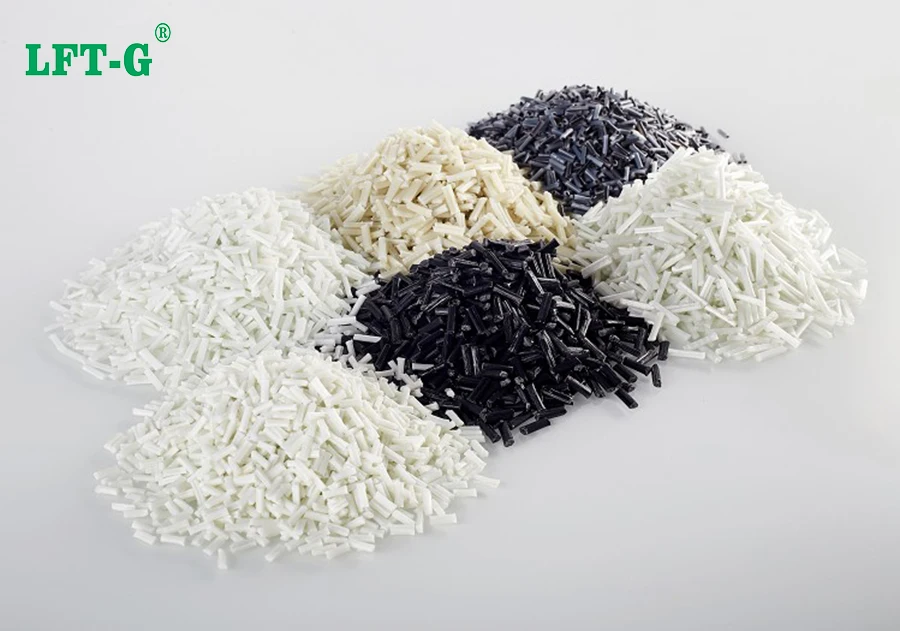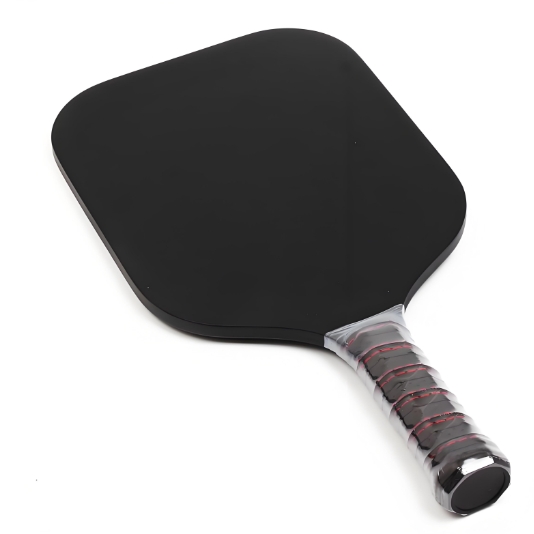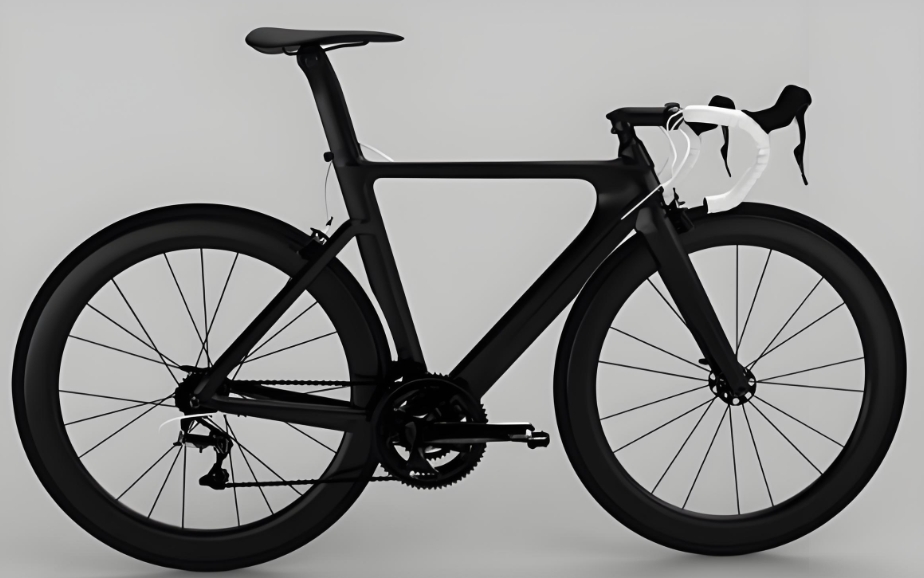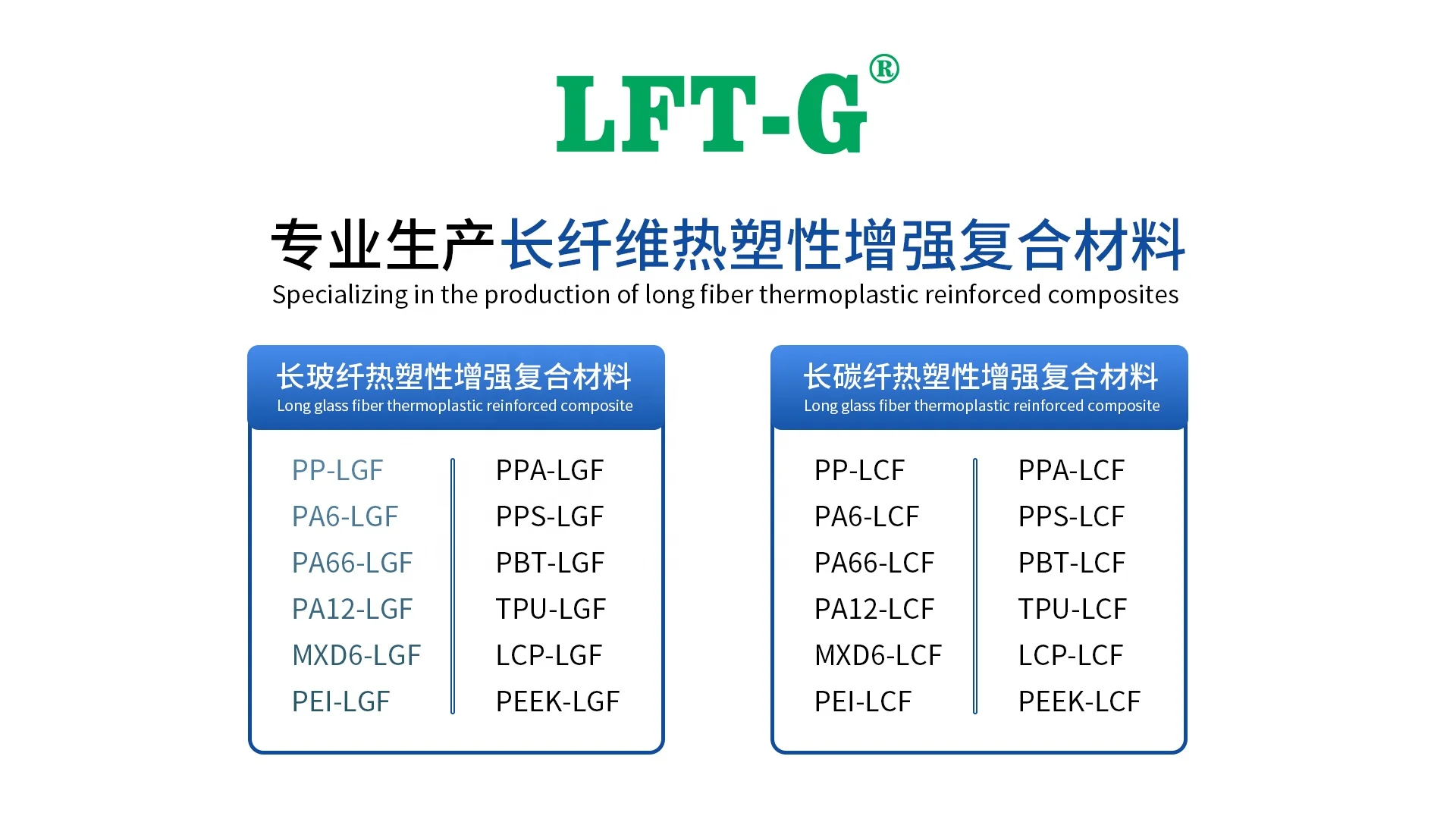neuer Blog

1. Einführung
Die Marktgröße und Vielfalt an Sportgeräten wächst weiter und bietet den Menschen mehr Auswahlmöglichkeiten für die Gesundheit und das Freizeitleben. Gleichzeitig haben auch die Forschung und Anwendung von Verbundwerkstoffen bemerkenswerte Fortschritte gemacht und Innovationen und Durchbrüche in alle Lebensbereiche gebracht.
An der Schnittstelle dieser beiden Bereiche wird es zu einem wichtigen Forschungsthema, die Nachfrage und den Trend von Verbundwerkstoffen für Sportgeräte zu untersuchen.
Da die Begeisterung der Menschen für Sport und Fitness weiter steigt, zeigt die Nachfrage nach Sportgeräten einen vielfältigen und personalisierten Trend. Von traditionellen Aerobic-Trainingsgeräten bis hin zu intelligenten High-Tech-Fitnessgeräten ist eine große Produktvielfalt auf dem Markt entstanden.
Mit der kontinuierlichen Weiterentwicklung und Innovation von Sportgeräten steigen jedoch auch die Anforderungen an die Materialleistung.
Gleichzeitig haben die Forschung und Anwendung von Verbundwerkstoffen große Fortschritte gemacht. Verbundwerkstoffe sind aufgrund ihrer hervorragenden Eigenschaften, vielfältigen Funktionen und breiten Anwendungsbereiche weithin bekannt. Von hochfesten Verbundwerkstoffen bis zu leichten Nanomaterialien, von flexiblen Elastomeren bis zu verschleißfesten Korrosionsschutzmaterialien – neue chemische Materialien haben revolutionäre Innovationen und Durchbrüche in allen Lebensbereichen gebracht.
In diesem Dokument werden das Potenzial und die Anwendungsaussichten von Verbundwerkstoffen zur Erfüllung der Anforderungen an geringes Gewicht, hohe Festigkeit, Verschleißfestigkeit und Haltbarkeit von Sportgeräten ausführlich erörtert, um der Branche ein umfassendes Verständnis der Nachfrage zu vermitteln und Trend von Verbundwerkstoffen für Sportgeräte und liefern nützliche Referenzen für zukünftige Forschung und Entwicklung.

2. Bedarfsanalyse von Sportgeräten für Verbundwerkstoffe
2.1 Nachfrage nach leichten und hochfesten Materialien für Sportgeräte
Das Gewicht von Sportgeräten ist entscheidend für das Tragen und Handling von Sportlern.
Leichtere Ausrüstung kann die Belastung der Sportler verringern und ihre Mobilität und Flexibilität verbessern, was zu einer besseren Leistung im Wettkampf führt.
Bei längerem Sporttraining und Wettkampf kann leichtere Ausrüstung die Ermüdung verringern, den Komfort erhöhen und so die Ausdauer der Sportler verbessern.
Da Sportgeräte zudem größeren Kräften und Stößen bei sportlichen Aktivitäten standhalten, besteht ein hoher Bedarf an Materialien mit hoher Festigkeit und Haltbarkeit.
Hochfeste Materialien können größeren Belastungen und Belastungen standhalten, wodurch das Risiko einer Verformung und eines Bruchs der Ausrüstung verringert wird, wodurch die Zuverlässigkeit und Lebensdauer der Ausrüstung verbessert wird.
2.1.1 Anwendungsfälle
Ein Hochleistungsverbundwerkstoff ist ein Leichtbauwerkstoff, der aus einer Kombination von zwei oder mehr verschiedenen Materialtypen besteht. Zu den gängigen Verbundwerkstoffen gehören kohlenstofffaserverstärktes Polymer (CFRP) und glasfaserverstärktes Polymer (GFRP).
Diese Materialien weisen eine hervorragende Festigkeit und Steifigkeit auf, sind gleichzeitig leicht und werden häufig bei der Herstellung von Hochleistungssportgeräten wie Golfschlägern, Fahrradrahmen und Snowboards verwendet.
Tennisschläger, Badmintonschläger und Tischtennisschläger aus kohlenstofffaserverstärkten Epoxidharz-Verbundwerkstoffen sind leicht und haben eine geringe Festigkeit, was die Abweichung der Kontaktzeit zwischen Ball und Ball verringern kann Schläger. Gleichzeitig trägt eine gute Dämpfung dazu bei, die Kontaktzeit zwischen Spieler und Ball zu verlängern, sodass der schlagende Ball eine größere Beschleunigung erhalten kann.
Einschlägige Studien zeigen, dass die Kontaktzeit zwischen dem Tennisschläger und dem Ball aus kohlenstofffaserverstärktem Epoxid-Verbundmaterial 4,9 ms erreicht, was fast 1 ms höher ist als die des Stahlschlägers, sodass die maximale Anfangsgeschwindigkeit des Tennisballs erreicht werden kann erreichen 161 km/h, was fast 16 km/h mehr ist als die des Stahlschlägers. Auf diese Weise können Tennisspieler bessere sportliche Ergebnisse erzielen. Darüber hinaus verbessert der Einsatz von Verbundwerkstoffen die Lebensdauer und Haltbarkeit des Schlägers deutlich.
2.2 Nachfrage nach verschleißfesten und langlebigen Materialien für Sportgeräte
Sportgeräte kommen während des Gebrauchs häufig mit Oberflächen wie Boden, Spielfeldern und Straßen in Kontakt, daher ist die Nachfrage nach verschleißfesten Materialien hoch.
Verschleißfeste Materialien können Reibung und Verschleiß wirksam widerstehen, die Lebensdauer der Ausrüstung verlängern und die Stabilität ihres Aussehens und ihrer Leistung aufrechterhalten.
Darüber hinaus sind Sportgeräte im Training und Wettkampf häufigen Stößen, Belastungen und Verformungen ausgesetzt, sodass die Nachfrage nach langlebigen Materialien hoch ist.
Langlebige Materialien können großen Kräften und Stößen standhalten, wodurch das Risiko einer Verformung, eines Bruchs und eines Bruchs der Ausrüstung verringert wird, wodurch die Lebensdauer der Ausrüstung verlängert und ihre Zuverlässigkeit verbessert wird.
2.2.1 Anwendungsfälle
Hochleistungspolymere mit ausgezeichneter Verschleißfestigkeit und Haltbarkeit werden häufig bei der Herstellung von Sportgeräten verwendet.
Modifizierte Polyethylenmaterialien werden häufig in Ball- und Wassereissportgeräten verwendet. Sie tragen dazu bei, die Schlagfestigkeit, Hitzebeständigkeit und Stoßdämpfungseigenschaften von Sportgeräten zu schützen und gleichzeitig ein gutes Sporterlebnis zu bieten, um sicherzustellen, dass Sportler sicher und verletzungsfrei sind .
Fortschrittliche Verbundwerkstoffe vereinen die Vorteile verschiedener Materialien mit hoher Verschleißfestigkeit und Haltbarkeit. Beispielsweise weist das Verbundmaterial CNT-PDA-Kohlefasergewebe/Epoxidharz eine hervorragende Verschleißfestigkeit auf und kann nach Reibung und Verschleiß hervorragende hydrophobe Eigenschaften beibehalten. Selbst wenn die Kohlefaser bricht, kann die Dämpfungswirkung des Epoxidharzmaterials den Gesamtausfall von verhindern das Material; Das Vorhandensein von Kohlefaser kann auch verhindern, dass sich der Riss des Epoxidharzes weiter ausdehnt, was bei der Herstellung von Sportgeräten ein seltener Vorteil ist.

3. Trendanalyse von Sportgeräten auf Verbundwerkstoffen
3.1 Auswirkungen von Sportausrüstungsinnovationen und technologischer Entwicklung
Die technologische Innovation von Sportgeräten hat dazu beigetragen, die Nachfrage nach neuen Materialien zu fördern und voranzutreiben.
Mit der kontinuierlichen Verbesserung der Funktion von Sportgeräten und den veränderten Nutzerbedürfnissen steigen auch die Anforderungen an Materialeigenschaften.
Die Entwicklung und Anwendung neuer Materialien kann den Anforderungen einer neuen Generation von Sportgeräten gerecht werden und eine höhere Leistung, mehr Sicherheit und ein besseres Benutzererlebnis erreichen.
Gleichzeitig verflüchtigt sich das Kohlefaser-Epoxidharz-Verbundmaterial bei der Verwendung des Prozesses nicht und setzt keine giftigen und schädlichen Substanzen frei. Die Materialrückgewinnung ist bequem und kann bei der Verarbeitung und Nutzung, den Rohstoffen und der Produktion erneut recycelt werden Die Verarbeitungskosten sind nicht hoch und die wirtschaftlichen Vorteile liegen auf der Hand.
3.2 Anwendungsperspektiven von Verbundwerkstoffen im Bereich Sportgeräte
3.2.1 Einfluss der Entwicklung und Anwendung von Verbundwerkstoffen auf Sportgeräte
Die Entwicklung und Anwendung von Verbundwerkstoffen hatte revolutionäre Auswirkungen auf Sportgeräte.
Durch die Einführung fortschrittlicher Materialwissenschaft und Ingenieurstechnologie konnten bei Sportgeräten bedeutende Durchbrüche in den Bereichen Leichtgewicht, Festigkeitssteigerung, Schlagfestigkeit, Verschleißfestigkeit und Hochtemperaturbeständigkeit erzielt werden.
Der Einsatz neuer Leichtbaumaterialien macht Sportgeräte leichter und flexibler und bietet gleichzeitig eine hervorragende Festigkeit und Steifigkeit.
Neue Materialien wie Kohlefaserverbundwerkstoffe und hochfeste Polymere werden häufig bei der Herstellung von Fahrrädern, Golfschlägern, Snowboards und anderen Geräten verwendet und verbessern die Leistung und Handhabung von Sportgeräten erheblich.
Auf der Grundlage der Sicherstellung der Funktion von Sportgeräten trägt die Reduzierung der Materialqualität dazu bei, den Verbrauch körperlicher Energie der Sportler zu verringern, den Umweltwiderstand zu verringern und die Leistung der Sportler weiter zu verbessern. Beispielsweise kann jede Reduzierung der Masse des Fahrrads um 1 kg beim 20-km-Straßenradrennen die Endleistung um 20 bis 30 Sekunden verbessern.
Die Entwicklung schlagfester Materialien hat die Sicherheit von Sportgeräten deutlich verbessert. Sportarten wie Skifahren, Surfen und Fußball gehen häufig mit Aufprallkräften hoher Intensität einher, und neue stoßfeste Materialien wie Polymermaterialien können Aufprallkräfte effektiv absorbieren und verteilen, was Sportler vor Verletzungen schützen kann.
Darüber hinaus ermöglicht die Verwendung hitzebeständiger Materialien den Einsatz einiger Sportgeräte unter extremen Bedingungen, beispielsweise beim Motorsport in Umgebungen mit hohen Temperaturen. Gleichzeitig hat die Entwicklung wasserdichter Materialien die Leistung von Wassersportgeräten verbessert und der Einsatz verschleißfester Materialien die Lebensdauer der Geräte verlängert.
Daher hat die Entwicklung und Anwendung von Verbundwerkstoffen für Sportgeräte zu Leichtbau, Festigkeitsverbesserung, Schlagfestigkeit, Verschleißfestigkeit, Hochtemperaturbeständigkeit und anderen Durchbrüchen geführt, die Leistung und Sicherheit von Sportgeräten verbessert und Sportlern bessere Erfahrungen und Leistungsmöglichkeiten geboten. und die Entwicklung und den Fortschritt im Sportbereich fördern.

3.2.2 Mögliche Anwendungsbereiche und Chancen von Verbundwerkstoffen im Sportgerätebau
Verbundwerkstoffe haben eine breite Anwendungsperspektive im Bereich der Sportausrüstung.
Durch die Entwicklung und Anwendung von Verbundwerkstoffen können die Leistung, Sicherheit und Umweltverträglichkeit von Sportgeräten verbessert werden.
Bei der Herstellung von Sportgeräten können Verbundwerkstoffe in den Bereichen leichte Materialien, flexible Materialien, hochfeste Materialien und umweltfreundliche Materialien eingesetzt werden, um den Bedürfnissen der Benutzer nach Komfort, Haltbarkeit, Sicherheit und Umweltverträglichkeit gerecht zu werden.
Diese Anwendungsbereiche und Möglichkeiten werden die weitere Innovation und Entwicklung von Verbundwerkstoffen im Bereich Sportausrüstung vorantreiben, von denen einige hier analysiert werden.
Leichtbaumaterialien sind bei der Herstellung von Sportgeräten von großer Bedeutung. Durch die Entwicklung von Verbundwerkstoffen können leichtere und stärkere Materialien bereitgestellt werden, um das Gewicht der Ausrüstung zu reduzieren und die Tragbarkeit und den Bedienkomfort zu verbessern. Es stehen auch Materialien mit hoher Flexibilität und Elastizität zur Verfügung, um den Bedürfnissen des Benutzers nach Komfort und Flexibilität gerecht zu werden.
Hochfeste Materialien sind bei der Herstellung von Sportgeräten von entscheidender Bedeutung, da sie die Haltbarkeit und Sicherheit der Ausrüstung erhöhen.
Durch die Forschung und Entwicklung von Verbundwerkstoffen können hochfeste und hochzähe Materialien bereitgestellt werden, um die Leistungsanforderungen bei der Herstellung von Verschleiß-, Schlag- und anderen Sportgeräten zu erfüllen.
Der Einsatz umweltfreundlicher Materialien entspricht den Anforderungen der Gesellschaft an nachhaltige Entwicklung und Umweltschutz. Die Forschung und Entwicklung von Verbundwerkstoffen kann abbaubare Materialien, recycelbare Materialien, Materialien mit geringer Toxizität usw. bereitstellen, um die Auswirkungen von Sportgeräten auf die Umwelt zu verringern und die Ziele einer nachhaltigen Entwicklung zu erreichen.
